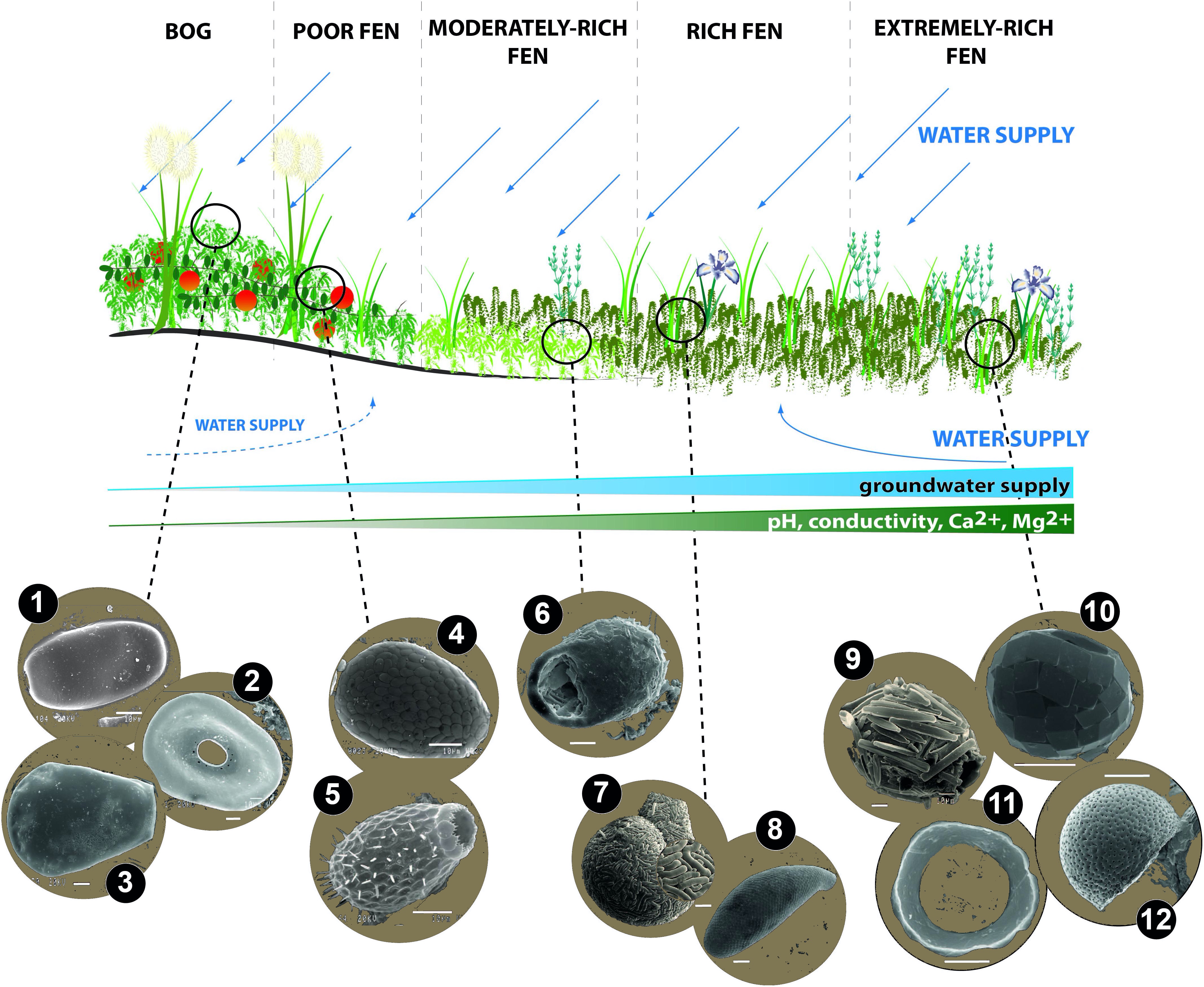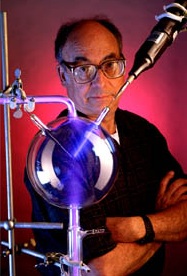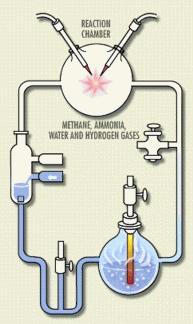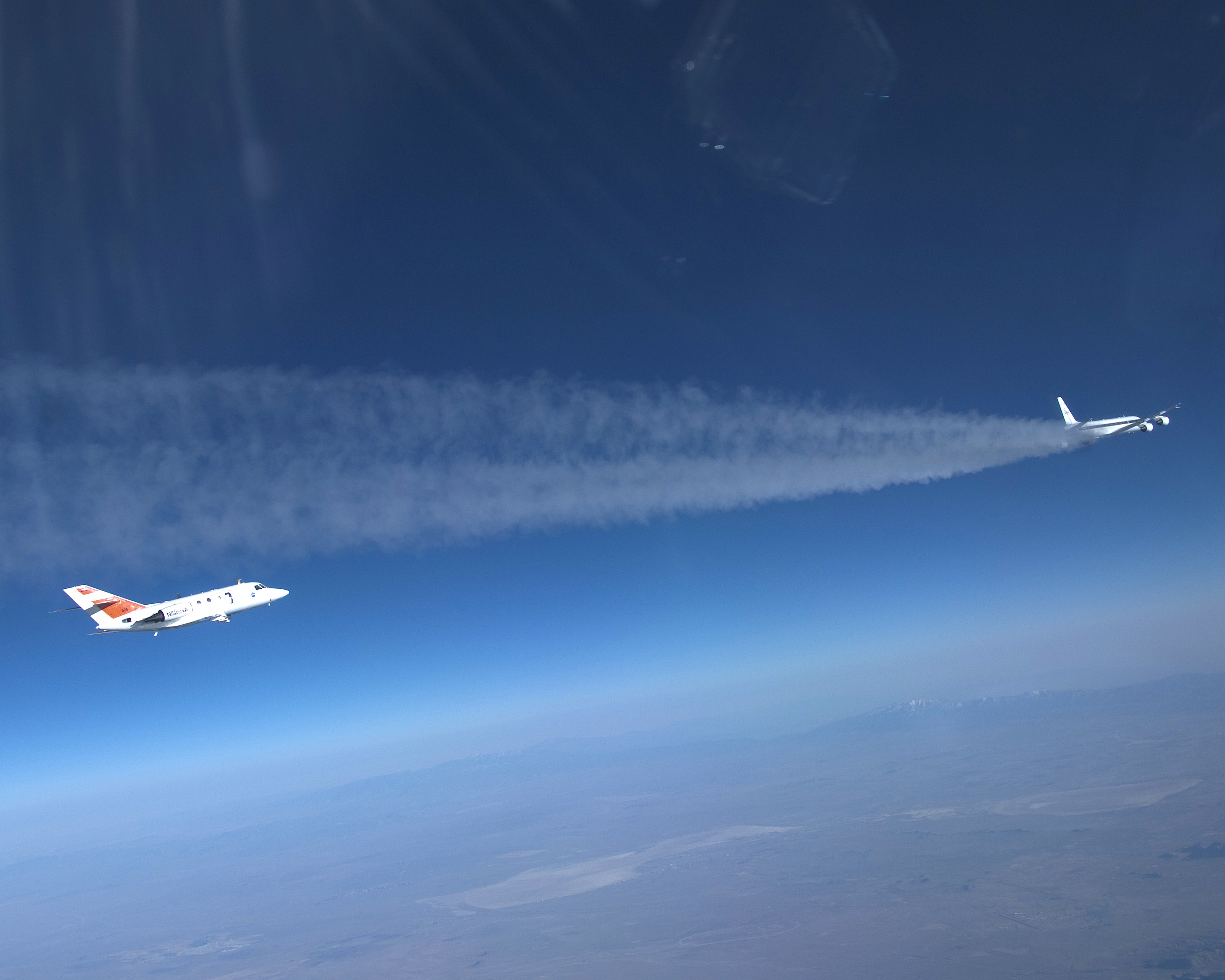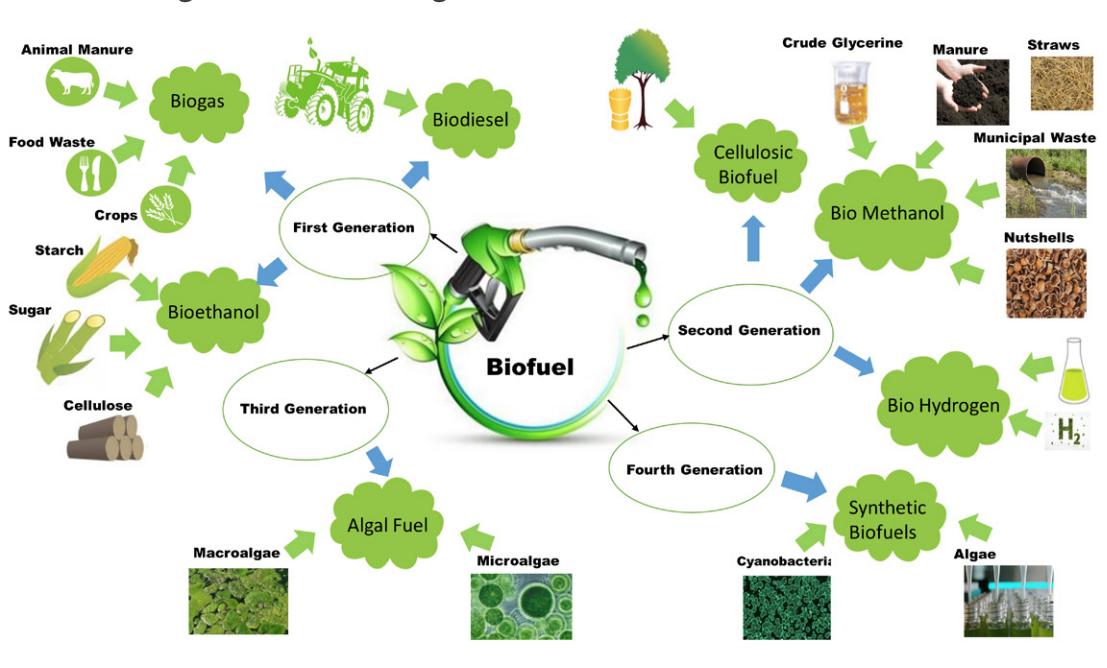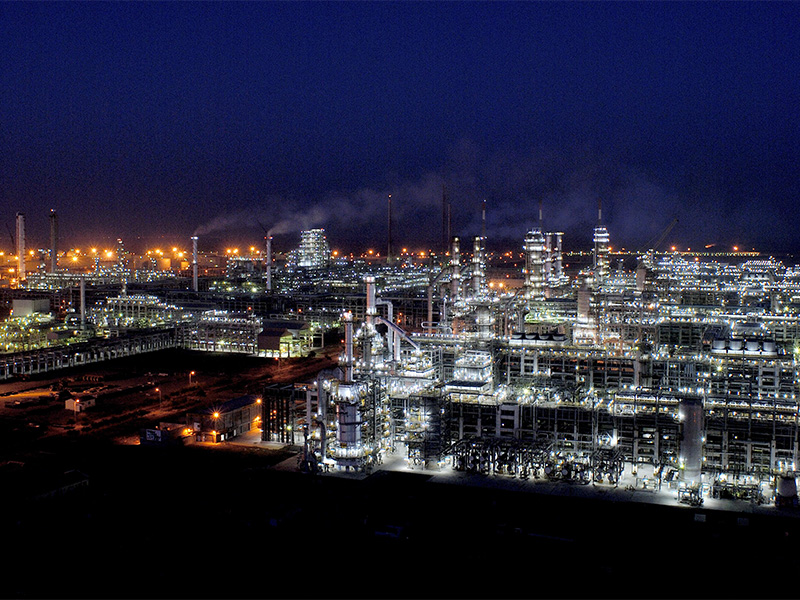
International Energy Agency predicts 500% increase in demand for minerals like cobalt by 2050. Cobalt is generally associated with mining, and more than half of land-based global cobalt reserves are in the Democratic Republic of Congo (DRC). The Kamoto mine in Katanga and the Metalkol RTE run by Eurasian Resources Group (ERG) are noteworthy; ERG joined the Responsible Minerals Assurance Process as part of the Responsible Minerals Initiative that prohibits certain labor practices in the DRC mining industry. But do we need a Responsible Minerals Initiative for the sea?
Land-based mining is running out of minerals like cobalt. So, attention is now turning to the deep seabed, especially the mineral-rich Clarion-Clipperton Zone (CCZ). To get an idea of the size of the CCZ, it is as wide as the continental United States, and stretches across the Pacific from Mexico to Hawaii. Here may be found polymetallic nodules containing manganese, sulfide deposits, and ferromanganese crusts with cobalt, manganese, nickel, titanium – even gold. The gold alone is worth $150 trillion. Polymetallic nodules in the deep seabed contain more key metals than the entire world’s land-based reserves.

Some mineral deposits lie within national exclusive economic zones (EEZ) of coastal countries who have rights to their waters (and seabed minerals) within 200 nautical miles/230 land miles (370 km). Everything beyond belongs to everyone, even landlocked countries. This is the blue commons. It is related to the diplomatic peace principle of the Suez Canal – “open to all nations in times of war and peace.” The principle was first defined by Hugo Grotius (1583-1645) in the Latin phrase mare liberum (sea + free).

The deep seabed is governed by the International Seabed Authority (ISA), a United Nations agency authorized as part of the Law of the Sea. Any signatory nation of the Law of the Sea may apply for a contract authorizing exploration of the seabed. After a number of exploration years, that country may apply to move towards exploitation – mining. Private partners are allowed, so some very small countries like Nauru have thus exercised their rights with some very big partners like The Metals Company.
But there is more in the deep sea than minerals. Research ship James Cook just completed a study of marine species in the Clarion-Clipperton Zone. As many as 5,000 never-yet-named species may be living in the CCZ. Some of species thrive in symbiotic exchange with polymetallic nodules. It takes millions of years to build a polymetallic nodule of just 8 inches (20 centimeters). Imagine the disruption and environmental damage if an autonomous robotic bulldozer were to rake up the nodules. And, while mineral mining on land can result in accidents and environmental damage, imagine what that would look like undersea – using explosives and heavy machinery. Will the UN Convention on Biological Diversity protect the CCZ?

Some believe mining deep seabed minerals is the only way we can get to a fully renewable energy future; other science and technology experts state we can optimize present use of metals and minerals by more than 50%, and not need to invade the seabed. And, it is critical to note that the minerals like cobalt, lithium, and nickel – essential for renewable energy conductivity and storage – are recyclable and reusable.
ISA is nearing approval of deep seabed mining contracts for exploitation. Environmental advocates like Sir David Attenborough, Dr. Sylvia Earle, and Lewis Pugh have joined hundreds of scientists who recommend a moratorium on decisions to advance deep seabed mining. The UK-based James Cook voyage is part of the Seabed Mining and Resilience to Experimental Impact (SMARTEX). If you would like to convey your opinions and recommendations, you may contact the ISA here. Other options are to communicate with SMARTEX here.

BBC and Natural History Museum. “New Life Forms Discovered in CCZ.” VIDEO. https://www.bbc.com/reel/video/p0fsyh1g/the-alien-lifeforms-discovered-in-the-deep-ocean
Bhujbal, Prajakta. “10 minerals that can be recycled.” 5 February 2022. Recycling. https://blog.mywastesolution.com/10-minerals-that-can-be-recycled/
Brooke, K. Lusk. “Speedo Diplomacy: Deep Sea Mining and Marine Protected Areas,” pages 55-66, Renewing the World: Casebook for Leadership in Water. 2024. ISBN: 979-8-9850359-5-7. Available on Amazon and at https://renewingtheworld.com
Hunt, Katie. “Deep-sea expedition captures stunning images of creatures in Pacific mining zone.” 3 April 2024. CNN. https://www.cnn.com/2024/04/02/world/new-species-pacific-deep-sea-mining-zone-scn?cid-ios.app
Earle, Sylvia. Mission Blue/The Sylvia Earle Alliance. https://missionblue.org
Hein, James R. and Kira Miel, USGS. Pacific Coastal and Marine Science Center. “Deep-ocean polymetallic nodules and cobalt-rich ferromanganese crusts in the global ocean: New sources for critical metals.” 21 April 2022. http://www.usgs.gov/publications/deep-ocean-polymetallic-noduules-and-cobalt-rich-ferromanganese-crusts-global-ocean-new
International Seabed Authority (ISA) https://www.isa.org.jm
Lewis Pugh Foundation. https://lewispughfoundation.org
Miller, K.A., et al., “Challenging the need for deep seabed mining from the perspective of metal demand, biodiversity, ecosystems services, and benefit sharing.” Frontiers, Marine Ecosystem Ecology, Volume 8 – 2021. https://www.frontiersin.org/articles/10.3389/fmars.2021.706161
Ostrum, Elinor. Governing the Commons. ISBN: 97800-521-40599-7
The Metals Company. https://metals.co
MIT (Massachusetts Institute of Technology). “Deep Seabed Mining” VIDEO https://youtu.be/Lwq1j3nOODA?si=ZJkqNLmcNcsGicwT
Responsible Minerals Initiative (RMI). https://www.responsiblemineralsinitiative.org
SMARTEX. https://smartexccz.org
United Nations. “United Nations Convention on the Law of the Sea.” https://www.un.org/depts/los/convention_agreements/texts/unclos/unclos_3.pdf
United Nations. “Kunming-Montreal Global Biodiversity Framework.” Conference of the Parties to the Convention on Biological Diversity, CBD/COP/DEC/15/4, 19 December 2022. https://www.cbd.int/doc/decisions/cop-15/cop-15-dec-04-en.pdf
Vox. “The race to mine the bottom of the ocean.” 2023. VOX https://youtu.be/pf1GvrUqeIA?si=CXneRsA77m4_f
Whittaker, Bill, et al., “National security leaders worry about U.S. failure to ratify Law of the Sea treaty.” 24 March 2024. CBS News. Includes VIDEO. https://www.cbsnews.com/news/national-security-economic-concerns-us-law-of-the-sea-treaty-60-minutes/
World Wildlife Fund. “Future mineral demand can be met without deep seabed mining as innovative technology can cut mineral use by 58%.” 28 November 2022. https://wwf.panda.org/wwf_news/?7087466/Future-mineral-demand-can-be-met-without-deep-seabed-mining-as-innovative-technology-can-cut-mineral-use-by-58
Building the World Blog by Kathleen Lusk Brooke and Zoe G. Quinn is licensed under a Creative Commons Attribution-NonCommercial-NoDerivs 3.0 U









